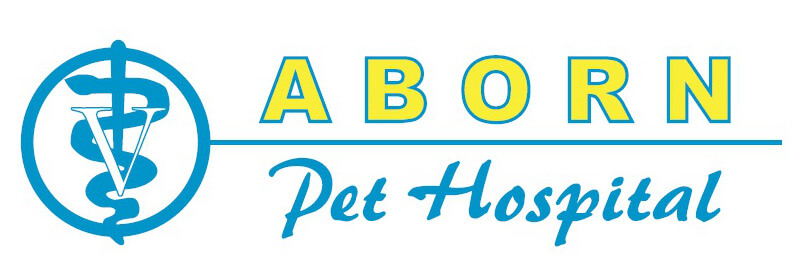Introducing a new dog into a pet-filled home can be an overwhelming experience for the pet owner, the new dog, and the current pets – leaving all involved feeling anxious. As veterinarians, we understand that your dog’s emotional health is just as important as their physical health. Following are some proven tips for introducing your new dog into your pet-filled home, and lessening the emotional distress that comes along with it. As the day of the introduction approaches, remember that both immediate safety and establishing a foundation for long-term relationships are of equal importance.
Introduce Dogs on Neutral Territory
When it comes to integrating a new dog with your other dogs, it’s smart to introduce them on neutral ground, allowing them to become familiar with each other away from home where your other dogs might feel dominant in their territory. Bring along some family members and walk each dog on a separate leash, starting at a distance where they can see each other but not provoke one another. If no aggressive behaviors are demonstrated, or after brief aggression turns into curiosity, allow them to get closer – one at a time if there are multiple dogs. As the calm behavior continues, reward them all with treats. Eventually, you can let them continue on a walk together.
Introduce by Type of Pet
If many pets are involved, group the introductions by type of pet. Introduce dogs, cats, and caged animals separately, allowing you to better control the environment and consider the needs of each type of pet. If you own multiple dogs of various sizes and breeds, you might want to consider introducing them based on size. A puppy or small breed may be intimidated by a large breed, while smaller breeds might make them feel excited and playful.
Use a Dog Gate
When the new dog comes home, use a tall, durable dog or baby gate to separate the new arrival from the existing pets. Carefully observe how they interact through the gate, reinforcing positive behavior with treats. Keep this separation until the pets exhibit signs they are interacting in a consistently friendly manner and are eager to play together.
Temporarily Remove Toys
Pets can be protective of their toys and aren’t known for sharing well with others. To avoid immediate conflict with a new pet, temporarily remove all toys from the environment that could potentially spark fights. An aggressive early encounter could lead to a permanently tense relationship between your new dog and your existing pets. When toys are reintroduced, watch for any signs of aggression or territorial behavior, such as standing over a toy and snapping at your new dog if they get too close to it. Consider separating the dogs when toys are available, especially if unsupervised, just in case.
Use the Traffic Light Process
We all know that red means “stop,” yellow means “proceed with caution” and green means “go.” Beyond driving, this is a great system to use once you remove the dog gate and your pets are interacting in the same space.
The Traffic Light Process, which is a good way to gauge the progression of pet interaction, is as follows:
- Red Light – If you see immediate aggressive behavior, stop the interaction, separate the pets and regroup.
- Yellow Light – If they don’t seem excited and are instead exhibiting tense body language, such as stiff posture or ears pinned back, proceed with caution.
- Green Light – Proceed with the interaction if the pets seem curious, friendly, and any early tension eased quickly.
Stay Engaged and Alert
A bite, lunging or other aggressive behavior can happen in an instant. It’s very common for a pet owner to want to document the arrival and integration of a new pet – much like introducing a toddler to their new baby brother or sister. That means the pet owner can be distracted taking photos or videos, and not notice a threatening situation unfolding. Enlist the help of a family member or friend to document the arrival of your new dog, and keep your attention on the exchanges happening among your pets. Aggressive behaviors are almost always preceded by a warning sign. A lip snarl or low growl will typically precede a snap or lunge. If you are unfamiliar with dog body language, plan to study up on this subject prior to introducing new pets.
Monitor Meals and Beds
Your new dog should have their own bed, food bowl, and water supply. This might need to be separated from the other pets for a short period of time to avoid your other pets getting curious and taking over the new dog’s food supply and a cozy, new bed. Monitor their food supply, water, and sleeping arrangements closely to ensure they’re getting adequate nutrition and sleep.
It’s important to remember that pet introductions are a process and not a one-time encounter that you quickly move past. Your existing pets are not likely to share your excitement over the new addition to the family – at least not at first. Supporting them and their needs is just as important as carefully transitioning your new dog to ensure their safety and long-term comfort in their new environment.
If you are struggling with the adjustment or unsure if things are going to work out, give us a call, and we can either give you some recommendations or refer you to a trusted dog trainer. Not all dogs are going to get along with each other, and serious injuries can happen as a result. Once you’ve ensured the safety of your existing pets and family members and are confident that everything is copacetic, you can hopefully live a long, happy, and fur-filled life together!

